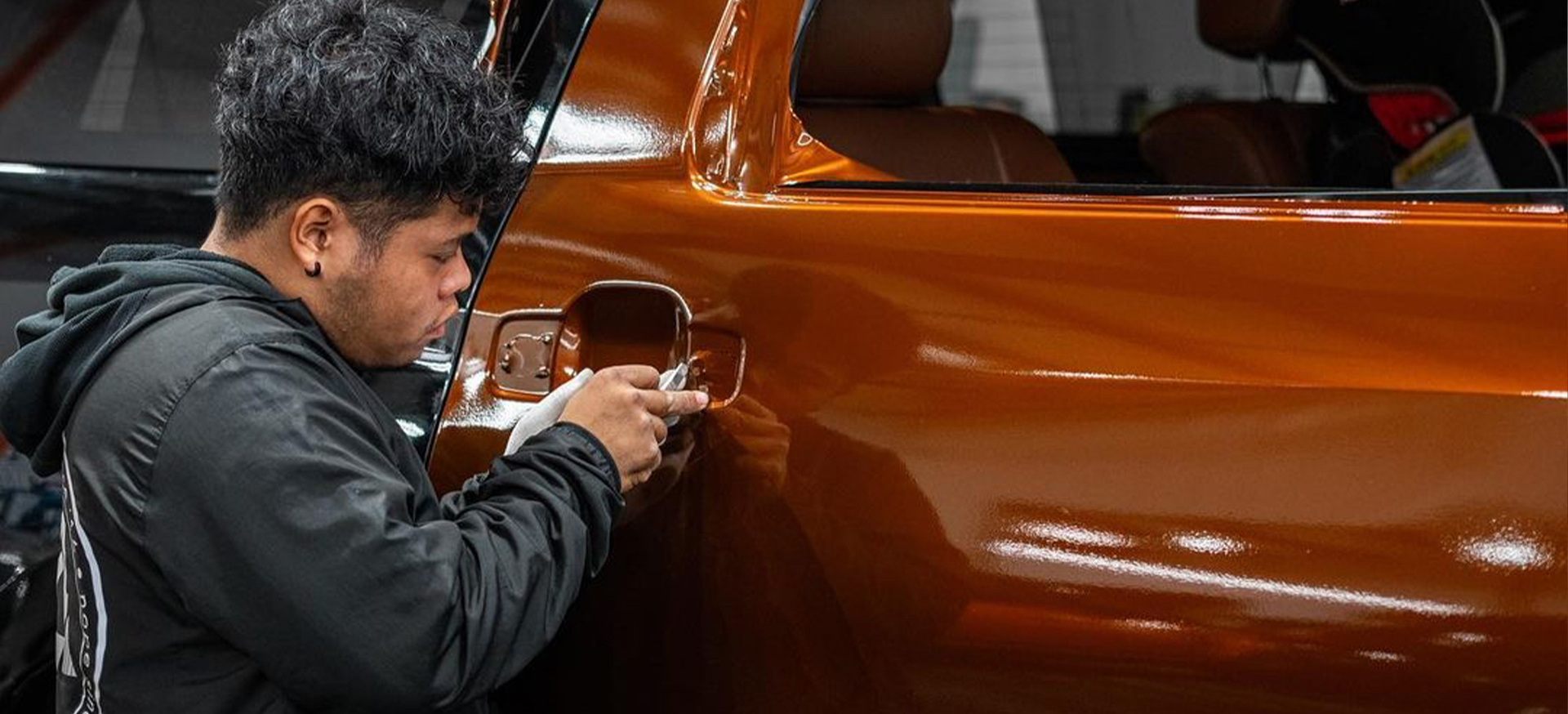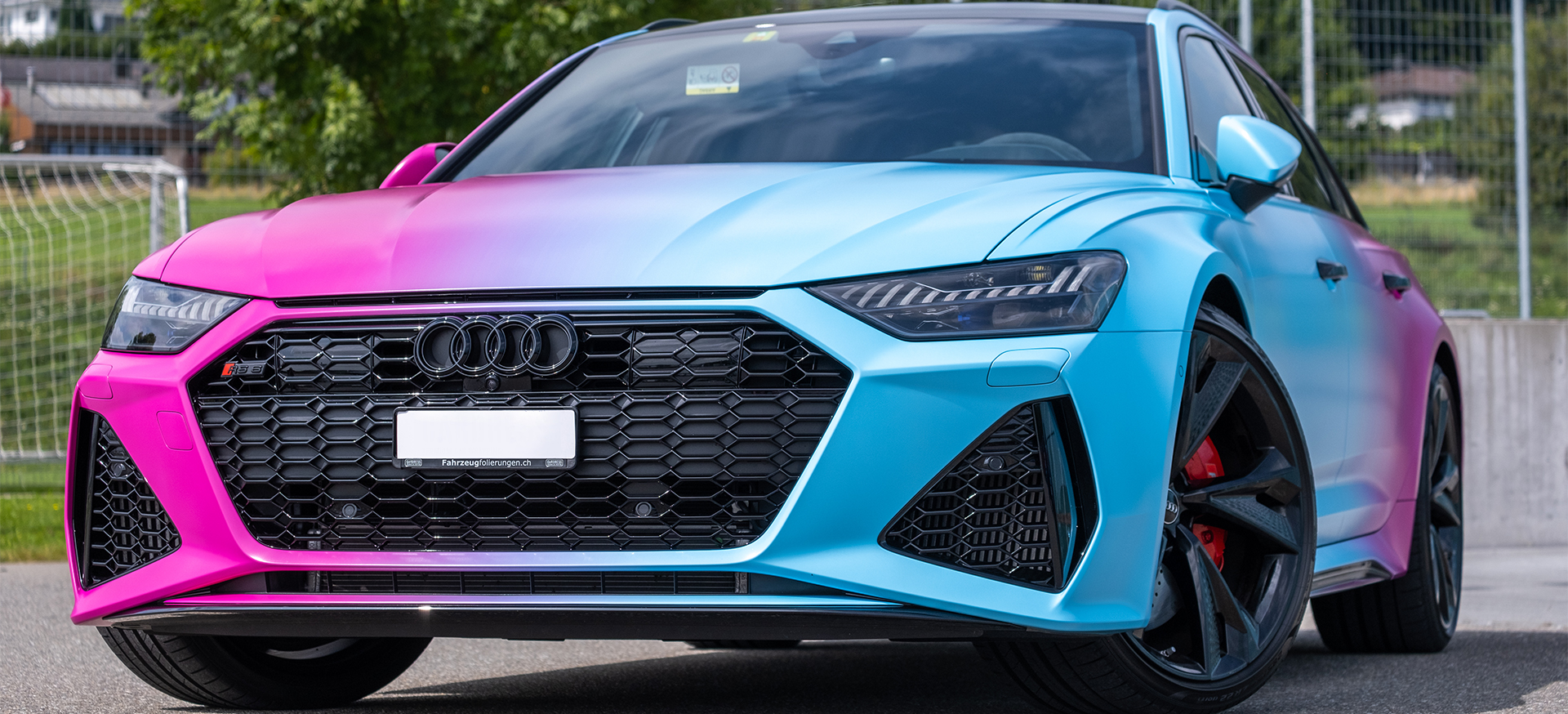

When it comes to protecting your vehicle’s paint and maintaining its pristine look, two popular options often come to mind: Paint Protection Film (PPF) and Ceramic Coating. Both offer unique benefits, but is ppf worth it or is ceramic coating the better choice? Let’s break down the key features of each to help you make an informed decision.
What is Paint Protection Film?
Paint Protection Film (PPF), also known as clear bra, is a transparent, thin layer of highly durable and flexible thermoplastic polyurethane film. This material is engineered to be extremely tough and resilient, making it an ideal choice for safeguarding your vehicle’s paint. Its flexibility allows it to conform seamlessly to the contours of your car, ensuring comprehensive coverage without compromising the vehicle’s aesthetic appeal.
Once applied, PPF forms a robust protective barrier that absorbs impacts and prevents damage from various external elements such as rocks, road debris, and minor abrasions. This protective layer acts as a shield, preserving the pristine condition of your car’s paintwork. Whether you’re driving on highways with flying gravel or navigating city streets with unexpected hazards, PPF is designed to withstand these challenges, maintaining your car’s appearance and value over time.

Pros
- High impact resistance: Provides excellent protection against chips and scratches.
- Self-healing properties: Minor scratches can disappear with heat exposure.
- Long-lasting: Can last up to 10 years with proper maintenance.
- Stain resistance: Protects against stains from bird droppings, bug splatter, and tree sap.
CONS
- Cost: Generally more expensive than ceramic coating.
- Installation: Requires professional installation by a trained to avoid lifting and bubbles.
- Visibility: High-gloss, optically clear finish.
What is Ceramic Coating?
Ceramic coating is a liquid polymer that is applied to the car’s exterior and chemically bonds with the vehicle’s paint, ensuring a durable and long-lasting protective layer. The application of ceramic coating requires precision and expertise, typically best performed by professionals to achieve optimal results.
Once bonded, the ceramic coating forms a hydrophobic (water-repellent) layer that offers multiple benefits. This protective layer not only repels water, reducing the risk of water spots and making cleaning easier, but it also significantly enhances the paint’s gloss, giving your car a sleek, shiny appearance. The coating also provides a layer of protection against UV rays, oxidation, and minor scratches, preserving the car’s finish and maintaining its look.

Pros
- Hydrophobic properties: Repels water and makes cleaning easier.
- Enhanced appearance: Adds a high-gloss finish, making the car look new.
- UV protection: Protects against sun damage and oxidation.
- Durability: Can last several years with proper care.
CONS
- Scratch resistance: Less effective against rock chips and heavy abrasions compared to PPF.
- Cost: Can be expensive, especially high-quality ceramic coatings.
- Application: Requires meticulous application, best done by professionals.
PPF and Ceramic Coating Comparison

Effectiveness in Preventing Damage:
PPF excels in protecting against physical damage like rock chips, scratches, and minor impacts. Ceramic coating, while providing some level of scratch resistance, is more effective against chemical damage such as oxidation, UV rays, and bird droppings.
Longevity:
Both PPF and ceramic coatings offer long-lasting protection. PPF can last up to 10 years and brands like BODYFENCE offering up to a lifetime warranty, while ceramic coatings can protect for several years, typically around 2-5 years depending on the quality and maintenance.
Installation Difficulty:
Both PPF and ceramic coatings are best installed by professionals. PPF requires precise application by a certified installer to avoid bubbles and ensure full coverage. Ceramic coating requires careful application to avoid streaks and high spots.
Maintenance:
Ceramic coating makes maintenance easier due to its hydrophobic properties, which repel water and dirt. PPF also simplifies cleaning but might require more attention to maintain its clarity over time.
Cost:
PPF generally costs more than ceramic coating due to the material and installation process. However, the cost can vary depending on the vehicle size and specific product used.
So Which is Better?
The choice between PPF and ceramic coating ultimately depends on your priorities and budget. If your main concern is protecting against physical damage like chips and scratches, PPF is the superior option. However, if you want to enhance your car’s appearance, ease maintenance, and protect against chemical damage, a ceramic coating might be the better choice.
For those seeking comprehensive protection, combining both PPF and ceramic coating can provide the best of both worlds: PPF for high-impact areas and ceramic coating for the rest of the car.
Whether you choose PPF, ceramic coating, or both, your car will benefit from the added protection, maintaining its value and appearance for years to come. For top-quality PPF, consider BODYFENCE ppf, known for its durability and self-healing properties.



